For athletes and fitness enthusiasts, knee pain can be a frustrating obstacle that hinders performance and daily activities. Knee supports have become essential tools for both injury prevention and recovery, offering targeted solutions based on individual needs. Among the various options available, three primary categories stand out: patellar straps, wrap-around braces, and supportive knee sleeves. Each type serves distinct purposes, catering to different levels of stability requirements and types of knee discomfort.
Patellar straps, often referred to as knee bands or jumpers' straps, are minimalist yet highly effective for those experiencing pain concentrated around the kneecap. These narrow bands apply targeted pressure just below the patella, helping to redistribute force and alleviate stress on the tendon. Runners and basketball players frequently rely on them to manage conditions like patellar tendonitis or runner's knee. The beauty of these straps lies in their simplicity—they provide focused support without restricting overall knee movement, making them ideal for high-mobility activities.
Moving beyond localized support, wrap-around knee braces offer adjustable compression for more generalized knee issues. These versatile supports feature straps that can be tightened or loosened according to the user's comfort level and support needs. The wraparound design makes them particularly suitable for individuals with swelling or those who require varying degrees of support throughout the day. Many physical therapists recommend this style for post-injury rehabilitation, as the adjustable nature allows for gradual reduction of support as strength improves.
When it comes to comprehensive knee protection, supportive knee sleeves provide the most substantial solution. These compressive garments envelop the entire knee joint, offering stability to multiple structures simultaneously. Unlike basic sleeves that merely provide warmth and mild compression, supportive versions often incorporate reinforced stitching, hinged supports, or specialized padding. Weightlifters and individuals with arthritis frequently choose these for their ability to enhance proprioception while minimizing excessive joint movement that could lead to injury.
The material composition of knee supports plays a crucial role in their functionality and comfort. Neoprene remains a popular choice for its balance of compression and warmth retention, though newer breathable fabrics are gaining traction among athletes who prioritize moisture management. Some high-end models incorporate medical-grade silicone lining to prevent slippage during intense activity, while others use four-way stretch materials that move naturally with the body. Understanding these material differences helps users select options that won't cause skin irritation or discomfort during prolonged wear.
Proper sizing and fit often make the difference between an effective support and one that causes more problems than it solves. Manufacturers typically provide detailed measurement guides, as even slight deviations can impact performance. A support that's too tight may restrict circulation, while one that's too loose fails to provide adequate stabilization. Many physical therapists emphasize the importance of professional fitting for individuals recovering from surgery or dealing with chronic conditions, as improper support can inadvertently alter gait patterns.
Modern knee support designs increasingly incorporate smart technology to enhance their functionality. Some now feature biomechanical sensors that track range of motion and stress patterns, providing valuable data for rehabilitation progress. Others utilize temperature-regulating fabrics that adapt to environmental conditions. These technological advancements bridge the gap between passive support and active injury prevention, particularly beneficial for professional athletes whose careers depend on optimal joint health.
The psychological impact of wearing knee support shouldn't be underestimated. Many users report increased confidence during physical activity when wearing appropriate bracing, which can positively influence performance. This mental assurance often allows individuals to push through rehabilitation plateaus or return to sport after injury with greater peace of mind. However, sports medicine professionals caution against over-reliance on supports as permanent crutches, emphasizing their role as temporary aids while addressing underlying strength imbalances.
As research in sports medicine advances, knee support technology continues to evolve. Recent studies explore how different bracing materials and designs affect proprioception and muscle activation patterns. Some cutting-edge prototypes even incorporate responsive compression systems that automatically adjust support levels based on detected motion. This ongoing innovation ensures that future generations of knee supports will offer even more personalized solutions for joint protection and performance enhancement.
Selecting the appropriate knee support requires honest assessment of individual needs and activity demands. While patellar straps excel at targeted tendon relief, wrap-around braces provide adaptable compression, and supportive sleeves deliver comprehensive joint stabilization. Consulting with healthcare professionals ensures proper diagnosis of any underlying issues and appropriate support selection. Ultimately, the right knee support serves as a valuable tool in maintaining mobility, whether for competitive athletics or everyday active living.

By /Jul 18, 2025
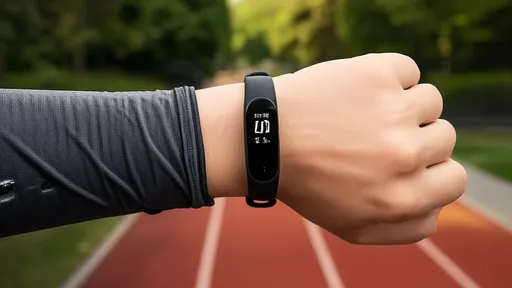
By /Jul 18, 2025

By /Jul 18, 2025
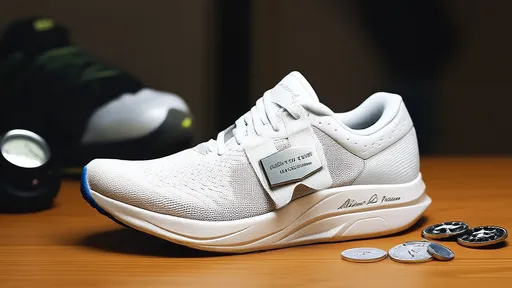
By /Jul 18, 2025
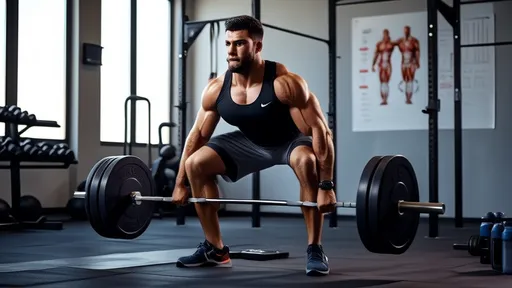
By /Jul 18, 2025

By /Jul 18, 2025

By /Jul 18, 2025

By /Jul 18, 2025
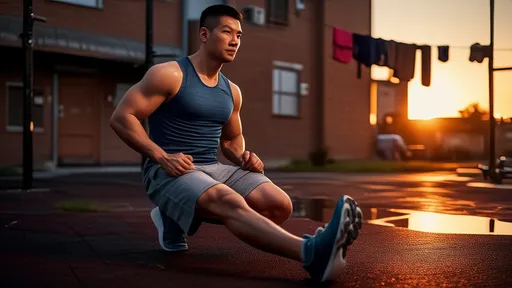
By /Jul 18, 2025

By /Jul 18, 2025

By /Jul 18, 2025

By /Jul 18, 2025
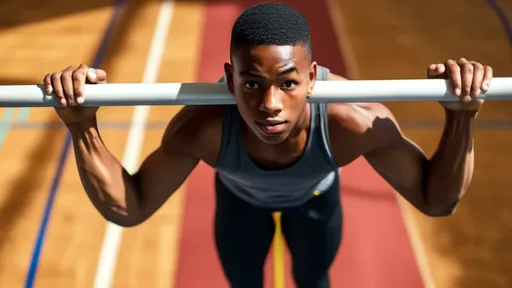
By /Jul 18, 2025

By /Jul 18, 2025
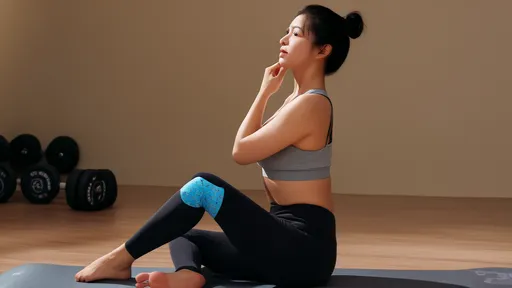
By /Jul 18, 2025

By /Jul 18, 2025
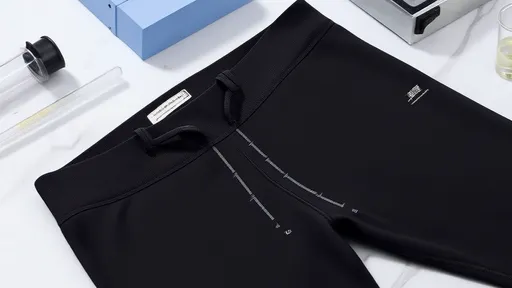
By /Jul 18, 2025

By /Jul 18, 2025